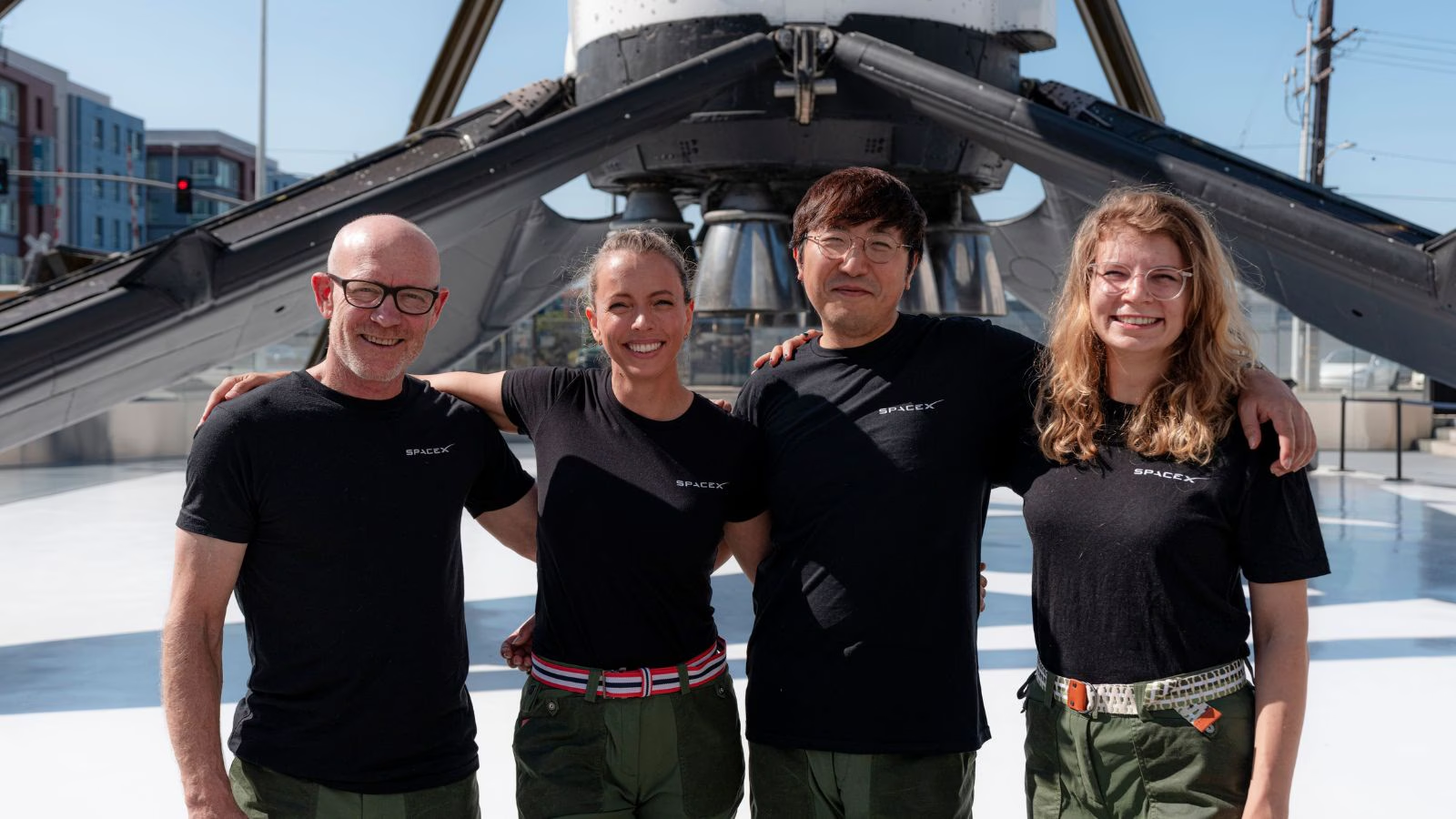Isro’s successful completion of the first significant hot test of its 200T thrust semi-cryogenic engine at IPRC, Mahendragiri, advanced future missions and raised India’s aspirations for space travel.
The successful completion of the first large hot test of the Lox Kerosene 200T thrust semi-cryogenic engine by the Indian Space Research Organization (Isro) significantly boosted India’s space ambitions.
The test, which was conducted at the Isro Propulsion Complex (IPRC) in Mahendragiri, Tamil Nadu, represents a significant advancement in the creation of a more potent and effective engine for upcoming space travel.
With a high thrust of 2000 kN, the semi-cryogenic engine is driven by a mixture of kerosene and liquid oxygen (LOX). It is intended to boost India’s capability in space launch vehicles and increase the cargo capacity of the LVM3 rocket. The engine’s Power Head Test Article (PHTA) was successfully tested, highlighting Isro’s advancements in space propulsion technology and dedication to rocket development innovation.
Union Minister Dr. Jitendra Singh praised the accomplishment after the test, saying that Isro had achieved yet another significant milestone in enhancing its space mission capabilities. During his visit to Thiruvananthapuram, Prime Minister Narendra Modi dedicated a recently constructed facility to the country, where the test was held.
The development of the semi-cryogenic engine and stage is being spearheaded by the Liquid Propulsion Systems Centre (LPSC). The LVM3 rocket’s current L110 core liquid stage will be replaced by the new SC120 stage, which is driven by the SE2000 semi-cryogenic engine.
It is anticipated that this improvement will raise the rocket’s cargo capacity in geostationary transfer orbit (GTO) from four to five tonnes. Compared to current liquid propulsion stages, the semi-cryogenic propulsion system performs better since it uses non-toxic and non-hazardous propellants.
The thrust chamber, pre-burner, turbo pump system, control parts, and startup system are important subsystems of the SE2000 engine. The engine’s intricate yet incredibly effective oxidizer-rich staged combustion cycle enables a high chamber pressure of 180 bar and a specific impulse of 335 seconds. Only a few countries throughout the world have semi-cryogenic engines of this size due to their sophisticated technology.
Isro set up the Semicryogenic Integrated Engine Test Facility (SIET) at IPRC, Mahendragiri, to aid in this development. The testing of semi-cryogenic engines with thrust levels up to 2600 kN is made possible by this cutting-edge facility, which was opened in February 2024. The facility is essential for verifying engine performance since it has a high-precision data collecting capability and an advanced control system.
Isro tested the performance of several intermediate configurations, including the PHTA, prior to the complete integration of the SE2000 engine.
This procedure included the recently completed hot test, which validated crucial subsystems such the pre-burner, turbo pumps, start system, and control parts. The Pre-Burner Ignition Test item (PITA), a distinct test item, was used to carefully refine the ignition process through numerous trials, guaranteeing a controlled and seamless start-up sequence.
The engine’s smooth ignition and operation were demonstrated during the 2.5-second successful test. A significant advancement in the semi-cryogenic engine development program was made when all crucial parameters functioned as anticipated. Before moving further with the complete integration of the SE2000 engine, Isro intends to carry out a number of more tests on the PHTA.






